The Application of Gait Analysis Systems in Monitoring Children’s Development
A gait analysis system is an advanced device that integrates high-tech sensors and intelligent analysis functions, capable of accurately capturing gait-related data and providing scientific evidence for health assessments. Its application is particularly significant in monitoring children’s development. Children’s physical development involves the comprehensive growth of bones, muscles, and the nervous system, with gait serving as a critical indicator that reflects their physical coordination and balance. By monitoring with a gait analysis system, parents and doctors can identify potential developmental issues early and create personalized intervention plans, ensuring healthy growth for children.
Factors Influencing Children’s Gait Development
Children’s gait development is influenced by various factors, including genetics, environment, and exercise habits during growth. A gait analysis system comprehensively examines parameters like step length, walking speed, gait symmetry, and plantar pressure, offering intuitive data support. These insights not only help identify abnormal gait patterns but also track growth trajectories, enabling parents and professionals to better understand children’s physical conditions.
Key Stages of Gait Development in Children
Children’s gait development typically progresses through several critical stages:
1. Walking Stage (1–2 years)
This is the period when children take their first steps. During this stage, unstable gait is normal, often characterized by short steps, slow speed, and an outward "duck walk" foot orientation. However, if a child struggles with stable walking after age two, gait analysis may be needed to rule out potential issues.
2. Balance Stage (3–6 years)
As muscle strength and neural coordination improve, children’s gait becomes more stable. During this stage, a gait analysis system can help identify issues like asymmetrical steps or excessive foot eversion.
3. Maturity Stage (7 years and older)
By around age seven, a child’s gait usually resembles that of an adult. If abnormalities like dragging feet or arch problems persist at this stage, further professional evaluation is required.
How Gait Analysis Systems Aid in Monitoring Children’s Development
Gait analysis systems play a vital role in monitoring children’s development. Here are some specific applications:
1. Detecting Gait Abnormalities
Abnormal gait in children may result from muscle weakness, skeletal deformities, or delayed neurological development. Gait analysis systems can detect these issues, such as inconsistent step lengths or abnormally fast or slow walking speeds. Early detection allows doctors to implement timely interventions.
2. Monitoring Foot Health
Plantar pressure distribution is a key indicator of gait assessment. Gait analysis systems can accurately analyze the pressure exerted on a child’s foot while walking, helping identify issues like flat feet, high arches, or overpronation. If left unaddressed, these issues might affect long-term development.
3. Tracking Growth Changes
Gait analysis systems can record gait data at different stages of a child’s development, creating a comprehensive growth profile. Parents and doctors can use this data to monitor developmental changes and adjust intervention plans as needed.
4. Evaluating Motor Skills
Gait analysis systems also assess children’s motor abilities, such as dynamic balance and coordination. This is particularly useful for fostering exercise habits or designing sports training programs.
Advantages of Gait Analysis Systems in Monitoring Children’s Development
The wide application of gait analysis systems in monitoring children’s development is attributed to several advantages:
1. Non-invasive Detection
Gait analysis systems are entirely non-invasive, allowing children to undergo assessments during natural walking or running without any pain or discomfort.
2. Real-time Data Analysis
These systems collect and analyze data in real time, generating intuitive charts and reports that enable parents and doctors to quickly understand a child’s gait condition.
3. Personalized Intervention Recommendations
Based on gait analysis results, doctors can design tailored intervention plans, such as corrective insoles, rehabilitation training, or exercise guidance.
4. Early Warning Function
Gait analysis systems can issue early warnings for potential problems, ensuring that no critical intervention opportunities are missed.
Real-life Case Studies
Case 1: Xiao Le’s Gait Abnormality
Five-year-old Xiao Le frequently stumbled while walking. His parents thought it was merely clumsiness, but a gait analysis revealed a shorter step length in his right foot compared to his left, with pressure concentrated on the forefoot. Further examination confirmed delayed arch development. The doctor recommended special corrective insoles and balance training. After six months, Xiao Le’s gait improved significantly.
Case 2: Ting Ting’s Growth Monitoring
Three-year-old Ting Ting loved running and jumping, and her parents wanted to ensure her motor skills were normal. Long-term monitoring with a gait analysis system showed that her gait symmetry was excellent, though her dynamic balance needed improvement. The doctor suggested balance games to enhance coordination. Ting Ting is now the star of her kindergarten sports events.
Tips for Parents Using Gait Analysis Systems
1. Choose Professional Equipment
With various options available on the market, parents should opt for certified professional devices to ensure accuracy and reliability.
2. Conduct Regular Assessments
Since children’s development is a continuous process, parents should follow doctors’ recommendations for regular gait assessments.
3. Follow Professional Guidance
Gait analysis results provide data support, but interventions should always be guided by doctors or rehabilitation specialists to avoid improper measures.
4. Encourage Cooperation from Children
For younger children, parents can use playful methods to encourage cooperation during assessments, reducing anxiety or resistance.
Gait analysis systems significantly enhance the scientific precision of health management in monitoring children’s development. They not only help parents and doctors detect gait abnormalities early but also provide comprehensive data support throughout a child’s growth journey. By using gait analysis systems wisely, parents can gain a holistic understanding of their child’s development and lay a solid foundation for their healthy growth.
If you want to safeguard your child’s development, consider using this advanced tool to let scientific data support your parenting journey!

 +86-0755-86131192
+86-0755-86131192 2024-12-09
2024-12-09 Back to list
Back to list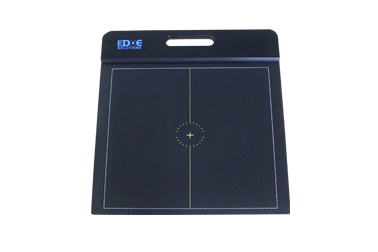
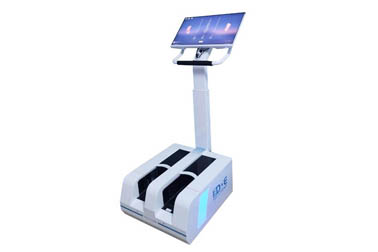
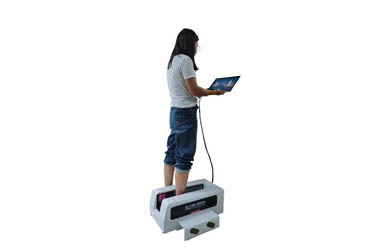
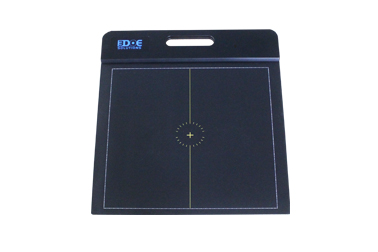

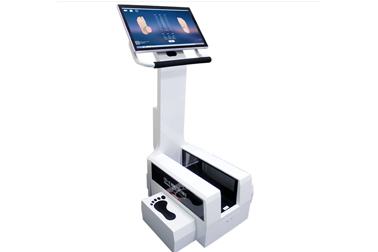



 +86-0755-86131192
+86-0755-86131192